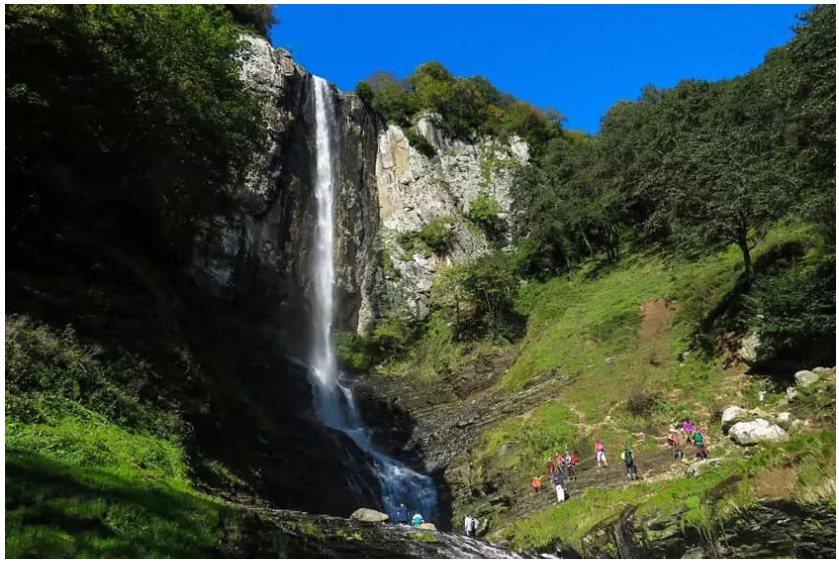APA presents an article entitled "The City of Astara, separated from its namesake" written by Mahammad Rahmanifar from the series "Know South Azerbaijan" project.
You can read the previous article from the project here.
Perhaps nothing can reflect the sorrowful past of us Azerbaijanis like the cities of Astara and Julfa. The Turkmenchay Treaty, which separated Azerbaijani into two in 1828, passed completely through the middle of the heart of the borders of these two cities and led to the existence of two cities with the same name on both sides of the border. The Astara city, located on the edge of the Caspian Sea, is considered the most tourist-attracting city of the Gilan province.

It should be noted that according to the country's administrative-territorial division in Iran, the South Azerbaijan region is divided into West Azerbaijan, East Azerbaijan, Ardabil, Zanjan, Alburz, Qazvin, and Hamadan provinces (oceans). As we noted in our article entitled "Persianization of Toponyms in South Azerbaijan", After Reza Shah (Pahlavi) ascended to the throne in Iran in 1925, the central government divided Azerbaijan under the pretext of new country divisions. For this, they took off the name of Azerbaijan from a lot of places by creating new provinces (ostans). For example, today, in the official managerial and administrative divisions of the country, as well as in city and province names oceans (provinces) like Zanjan, Qazvin, Hamadan, Alburz, and Ardabil are not considered as part of South Azerbaijan and the Azerbaijan name remains only on the two oceans called East Azerbaijan and West Azerbaijan! By the way, some historical cities of South Azerbaijan such as Astara, Bijar (Garrus), Qorveh, Sonqor, and Saqqez have been divided among other oceans (provinces).
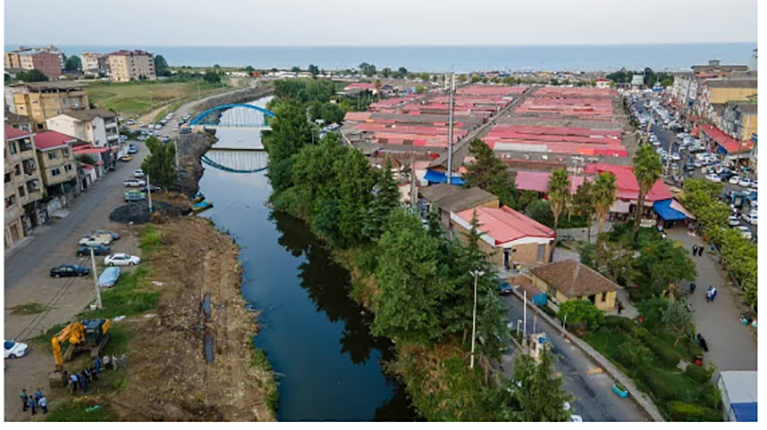
This city was one of the settlements of Ardabil city in the east of East Azerbaijan province before it was separated from Azerbaijan province under the pretext of new country divisions. Astara received the status of a city in 1958 and was directly connected to Tabriz, the center of East Azerbaijan province, but it was given to Gilan province 2 years later. Today, the Astara city is 180 km away from Rasht city, which is the center of Gilan province. However, the distance between Astara and Ardabil city, which is the center of Ardabil province, is only 70 km. Despite the repeated requests of Astara residents to connect the city to Ardabil province, Tehran has always opposed it.
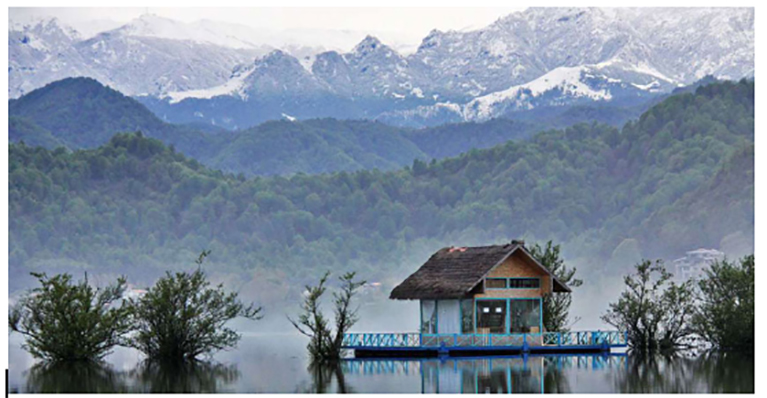
As we noted, Astara borders Astara in the Republic of Azerbaijan to the north, the Caspian Sea to the east, Ardabil province to the west, and the city of Talesh to the south. If it is the Araz River that divides the city of Julfa, it is the Astarachay that divides the city of Astara. True, although Astarachay could not become a symbol of separation in Azerbaijan literature as much as Araz, it does the same thing in practice. Astara is one of the economic and tourism poles as it is a border city and is located on the coast of the Caspian Sea. This city ranks first in Gilan province in terms of tourist accommodation and attracts about 6 million local and 800 thousand foreign tourists in a year.
According to the census of 2017, the population of Astara is equal to 91,257. The vast majority of the population of this city speaks Azerbaijani Turkic. In terms of religious affiliation, the majority of the population is Muslim and Shia.
Traces of Astara in history
We do not have enough information about the ancient history of the city. No serious academic research has been conducted on the issue either. The most ancient source that mentions Astara’s name is the Hudud al-'Alam book, which was written around 982 (hijri 372). In this book, the name of the city "Astarab" is mentioned, which is thought to be on the site of present-day Astara. However, Hamdallah Mustawfi mentions neither Astarab nor Astara in his famous work Nuzhat al-Qulub (written in 1329 (730 hijri)). The fact that the city is not mentioned in ancient history and geography books suggests that perhaps Astara was not so big and important in the past. In any case, it will not be right to give a definite opinion about it until serious research is done on the subject.
The oldest records of the name of Astara can be found in the book "Gulüstan va Deylamistan" belonging to Zahireddin Marashi (9th century Hijri), where the name of the city is recorded 3 times in the form of "Astara" and once in the form of "Astare". Mir Khan (another historian of the 9th century Hijri) is the second historian to mention the name of Astara in his book "Ruzat-os-Safa". Despite the important role Astara province and its people played in the enthronement of Shah Ismail I and the stabilization of the Safavid government, it incurred the wrath of the Shah due to Hamza Khan's rebellion during the reign of Shah Abbas, but Astara regained attention during the reign of Saru Khan, the ruler of Astara, Shah Safi. In fact, since then, this city has gained importance due to the development of trade and strategic goals.
Azerbaijani Turkic Identity
As noted, the city was divided into two in 1828 under the Treaty of Turkmenchay. But the division of the city into two does not mean that the people living in Astara are also divided into two. No matter how much time passes and despite policies of Russification on one side of the border and Persianization on the other, the spirit of brotherhood eternally inscribed in the historical memory of Azerbaijani Turks was not going to easily be erased and fade away. It is no coincidence that, in 1945, Astara was one of the centers of fight and active cities in the formation of the Azerbaijan National Government under the leadership of Seyid Jafar Pishavari. Astara was the place where Firudin Ibrahimi, the Prosecutor General of the Azerbaijani government was born. That same young Prosecutor General who never turn back from his path until his death, refusing to beg for mercy from Azerbaijan's enemies to be spared from execution.
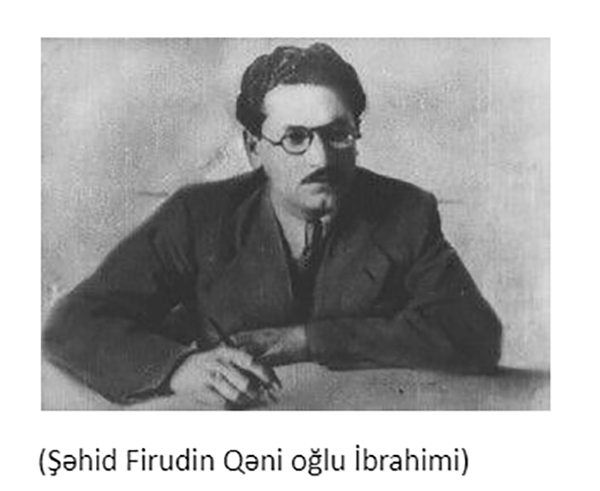
After one year, the Azerbaijan National Government was brutally suppressed and eliminated by the central government of Iran. Following this, the central government of Iran once again attempted to destroy Azerbaijani culture. These efforts persist to this day, but the people of this city remain determined to preserve their identity.Although the policy of the Iranian government in the last hundred years has succeeded in assimilating some of the Azerbaijani Turks, as in other cities and villages, our culture continues to thrive in Astara. As long as Azerbaijani dance and music, performances by Azerbaijani enthusiasts, ashiq performances, bayatis, Azerbaijani mugham, Tuesday evenings, Novruz holiday fashions, sayachilar, takamchilar, chilla night, customs and traditions such as the "Koroghlu" epic are alive in this city, it means that the Azerbaijani spirit still lives in this city. All these traditions are still preserved in Astara. In addition, the names of places in the region and the names of delicious dishes that are part of Azerbaijani culture reflect the Azerbaijani Turkic identity. Frankly, though the streets and markets of this city may always be filled with travelers coming from different regions for tourism, when wandering through the city, you will feel completely immersed in Azerbaijan.
Sights of Astara city
Astara city does not have any important historical monuments except Shindan Castle, which is located at the border post on the side of the Republic of Azerbaijan, but is also visible from the South Azerbaijan side. However, the city is full of tourist attractions. This includes scenic places created by nature. One of these natural attractions that fascinates and amazes every viewer is the Heyran Passage, located right in the middle of the Astara-Ardabil road.
Heyran Passage
As mentioned, the distance of this fascinating natural attraction from the cities of Ardabil and Astara is almost the same. This passage is surrounded by forest on one side and faces a relatively deep valley on the other side. Therefore, it can be said that it has a special geographical position. Araz river, known as a symbol of separation, also passes through the valley next to it and is considered the border between Iran and Azerbaijan. Driving through Heyran Passage is an unforgettable memory for everyone. But driving on this steep road has its own risks, especially on rainy and snowy days. Those who do not have many years of driving experience should avoid driving on this route.
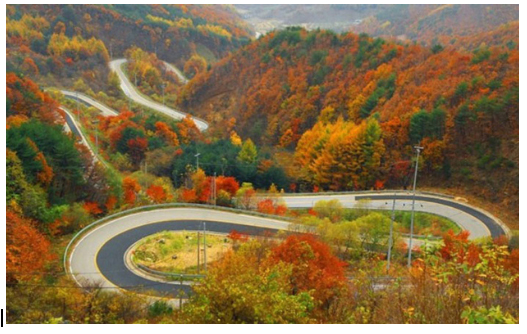
Heyran Passage route should be considered one of the most beautiful nature tourism routes. The winding road passing through the forest, virgin nature, greenery pleases the eyes of every viewer. Local people of this area sell honey and other agricultural products along the route of Heyran Passage. At the same time, on the side of this road there are many restaurants and canteens serving all kinds of food, especially authentic and traditional Azerbaijani food.
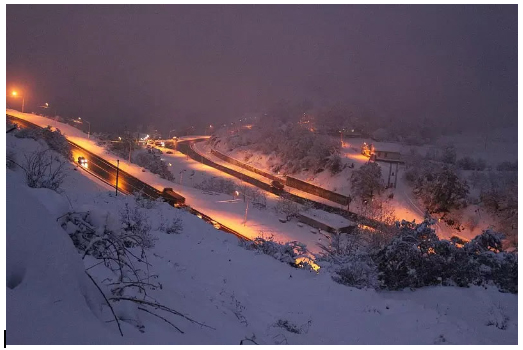
Heyran recreation-tourism village, intended for the development of tourism, has become a complete complex in the Heyran region, which is close to the border of the Republic of Azerbaijan and has good weather conditions. In this tourist complex, besides the ropeway, many interesting recreational facilities such as karting, skiing, zip line, hotel, restaurant, coffee shop, etc. are available to tourists.
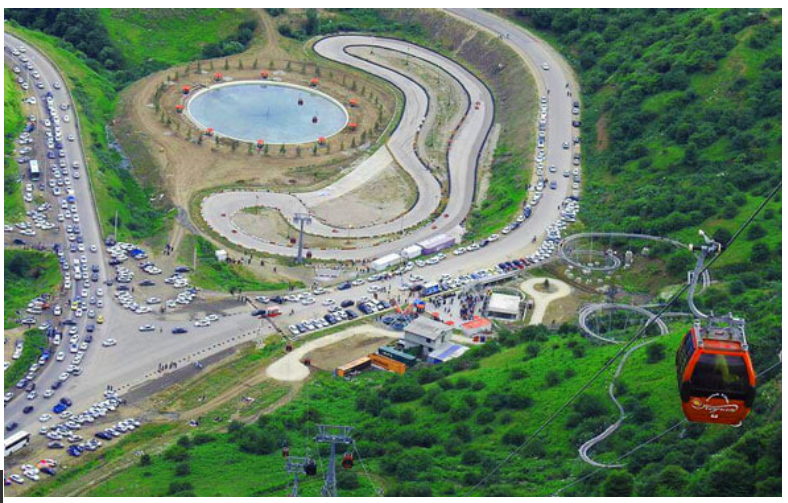
When you ride the cable car on Heyran Passage, you can see the Caspian Sea, lush forests and Astara city on the east side, the beautiful Findighli forest on the south and west sides, and the border region of Azerbaijan and the ancient Shindan Castle on the north side.
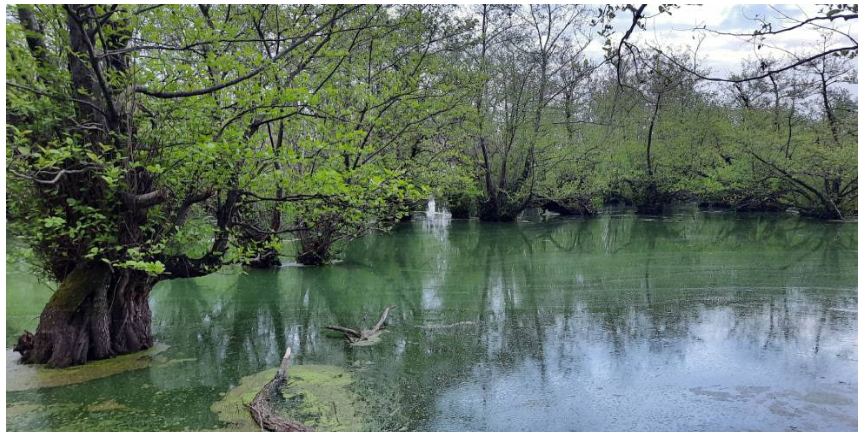
It is only a small manifestation of the natural beauty of Ardabil-Astara region with all its beauty. There are so many forests, waterfalls, lakes, habitats of wild animals, accommodation and sightseeing centers on the shores of the Caspian Sea, and unique constructions of the city that it is not possible to introduce them one by one in this short article. Although the name Azerbaijan was taken from above, it is necessary to go and see this beautiful city of Azerbaijan, which still preserves its Azerbaijaniness and Turkishness.
